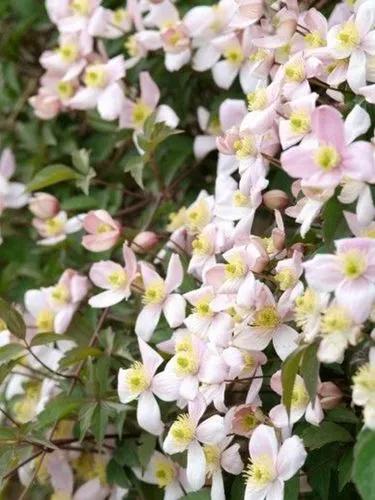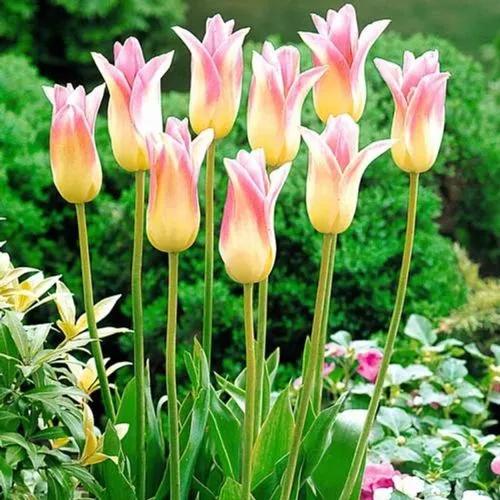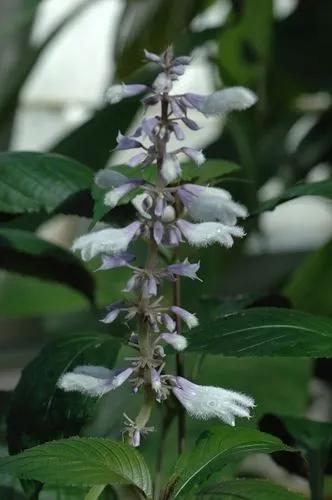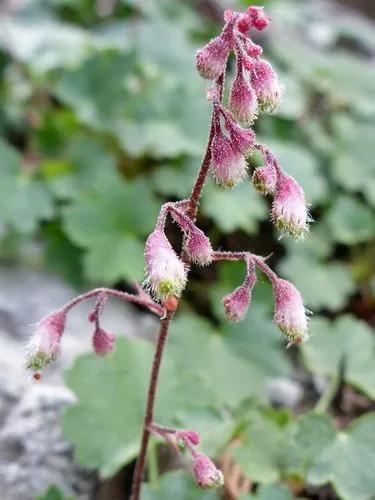These easy-growing, weather-hardy flowers look like little glimpses into the galaxy with their deep purple-blue petals with white-cream flecks that change in intensity with the temperature. Petunia Night Sky is a compact, vigorous mounding plant that produces continuous blooms late spring through autumn.
Night Sky Petunia Care
Petunia 'Night Sky'
Other names: Galaxy Petunia, Starry Sky Petunia



How to Care for the Plant

Water

Petunias are fairly heat tolerant, so you shouldn’t have to worry about watering them frequently. A thorough watering once a week should be sufficient (unless there are prolonged periods of drought in your area). Avoid watering shallowly, as this encourages shallow roots.

Fertilizer

Fertilize petunias monthly with a balanced fertilizer to support their rapid growth and heavy blooming. Double-flowered cultivars enjoy a biweekly dose of fertilizer.

Sunlight

Petunias need full sun or they will become spindly. They don’t tend to flower well in shade.

Temperature

The annual or bedding petunias can be grown from seed sown indoors with warmth in spring in cell trays, seed trays or small pots at a temperature of 18-24°C (65-75°F).

Popularity

243 people already have this plant 61 people have added this plant to their wishlists
Discover more plants with the list below
Popular articles






